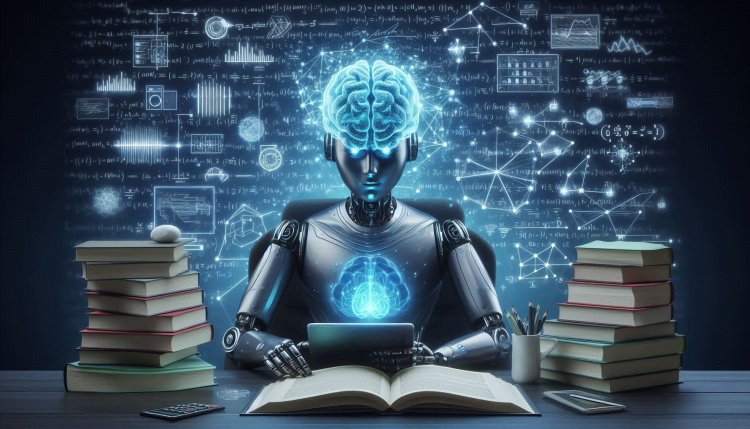Deep Learning
Discover the power of Deep Learning with this comprehensive guide. Learn how neural networks mimic the human brain to revolutionize artificial intelligence.

Deep Learning
Deep learning is a subset of machine learning that deals with algorithms inspired by the structure and function of the brain's neural networks. It has gained significant attention and popularity in recent years due to its ability to handle complex problems such as image and speech recognition, natural language processing, and more. In this article, we will explore the key concepts of deep learning in 950 words.
Neural Networks
At the core of deep learning are artificial neural networks, which are computational models inspired by the way biological neural networks in the brain work. These networks consist of layers of interconnected nodes called neurons. Each neuron receives input, processes it, and produces an output which is then passed to the next layer of neurons.
Deep Neural Networks
When a neural network has multiple hidden layers between the input and output layers, it is referred to as a deep neural network. These hidden layers enable the network to learn complex patterns and relationships in the data. Deep neural networks are the foundation of deep learning and are capable of automatically learning features from raw data.
Training Deep Neural Networks
The process of training a deep neural network involves feeding it with labeled training data and adjusting the network's parameters (weights and biases) to minimize the difference between the predicted output and the actual output. This is typically done using an optimization algorithm such as stochastic gradient descent.
Activation Functions
Activation functions are used within neural network layers to introduce non-linearity into the model, allowing the network to learn complex patterns. Common activation functions include ReLU (Rectified Linear Unit), Sigmoid, and Tanh. ReLU is widely used in deep learning due to its simplicity and effectiveness.
Convolutional Neural Networks (CNNs)
CNNs are a type of deep neural network specifically designed for processing structured grid-like data, such as images. They consist of convolutional layers that apply filters to the input data, pooling layers that downsample the data, and fully connected layers that make predictions. CNNs have revolutionized image recognition tasks and are widely used in computer vision applications.
Recurrent Neural Networks (RNNs)
RNNs are a type of deep neural network designed for handling sequential data, such as time series or natural language. RNNs have connections that form cycles, allowing them to maintain memory of past inputs. This makes them suitable for tasks such as language modeling, speech recognition, and machine translation.
Long Short-Term Memory (LSTM)
LSTMs are a specialized type of RNN architecture that addresses the vanishing gradient problem, which can occur when training deep neural networks. LSTMs have a gating mechanism that allows them to remember long-term dependencies in sequential data, making them particularly effective for tasks that require capturing long-range dependencies.
Generative Adversarial Networks (GANs)
GANs are a type of deep learning model that consists of two neural networks – a generator and a discriminator – that are trained simultaneously. The generator generates synthetic data, while the discriminator tries to distinguish between real and fake data. GANs have been successful in generating realistic images, audio, and text data.
Transfer Learning
Transfer learning is a technique in deep learning where a pre-trained model is used as a starting point for a new task. By leveraging knowledge learned from one task to another, transfer learning can significantly reduce the amount of data and training time required for a new task. This technique has been widely adopted in various deep learning applications.
Challenges of Deep Learning
Despite its success, deep learning faces several challenges, such as the need for large amounts of labeled data, the complexity of hyperparameter tuning, the interpretability of models, and the computational resources required for training deep neural networks. Researchers are actively working on addressing these challenges to make deep learning more accessible and efficient.
What's Your Reaction?
















